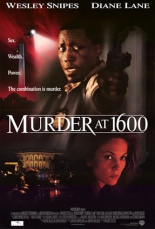
 The White House whodunit Murder at 1600 came out about the same time as the similarly themed Clint Eastwood film Absolute Power, which was also about a philandering president and his dead mistress. Eastwood may have the critical heat, but I prefer this pulpier, more action-oriented version.
The White House whodunit Murder at 1600 came out about the same time as the similarly themed Clint Eastwood film Absolute Power, which was also about a philandering president and his dead mistress. Eastwood may have the critical heat, but I prefer this pulpier, more action-oriented version.
Wesley Snipes — then the king of other enjoyable-yet-middling vehicles like The Art of War, Passenger 57 and U.S. Marshals — is a D.C. detective, named Regis of all things! He’s called to the White House when a pretty young employee is found dead in the bathroom following a round of hot, late-night sex. His investigation is compromised by the White House’s unwillingness to participate, despite him being assigned a Secret Service liaison (Diane Lane).
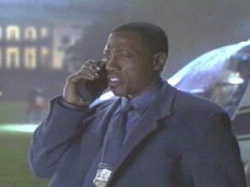 What exactly is the president’s administration covering up? And for whom? You’ll find out toward the end of a slightly bloated running time. Dennis Miller co-stars as Snipes’ co-worker, and while he may have been a great comedian once upon a time, he’s grating as a dramatic actor, so it’s hard not to applaud when he takes a bullet. —Rod Lott
What exactly is the president’s administration covering up? And for whom? You’ll find out toward the end of a slightly bloated running time. Dennis Miller co-stars as Snipes’ co-worker, and while he may have been a great comedian once upon a time, he’s grating as a dramatic actor, so it’s hard not to applaud when he takes a bullet. —Rod Lott

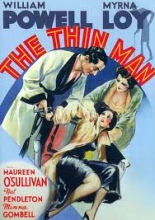
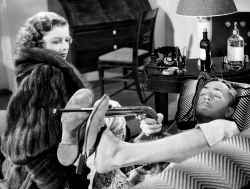 Nick finally gives in, but he’ll be damned if he’s going to sober up to solve this thing. There are lots of suspects and plenty of motives to sort through, but Nick negotiates them all with intelligence and charm without even having to set down his cocktail. He slurs and grins his way through the case all the way to the requisite, gather-all-the-suspects dinner party at the end. Nora mostly looks on with curiosity while making good-natured faces at her husband in this one, but she gets more to do in the five sequels that followed. —Michael May
Nick finally gives in, but he’ll be damned if he’s going to sober up to solve this thing. There are lots of suspects and plenty of motives to sort through, but Nick negotiates them all with intelligence and charm without even having to set down his cocktail. He slurs and grins his way through the case all the way to the requisite, gather-all-the-suspects dinner party at the end. Nora mostly looks on with curiosity while making good-natured faces at her husband in this one, but she gets more to do in the five sequels that followed. —Michael May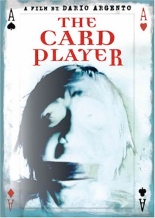
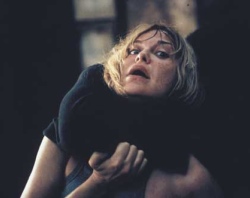 After wising up, the cops recruit a young poker expert (Silvio Muccino) to spar in future matches, which comes in handy when the chief’s daughter is one of the unsuspecting victims. Horror elements aside,
After wising up, the cops recruit a young poker expert (Silvio Muccino) to spar in future matches, which comes in handy when the chief’s daughter is one of the unsuspecting victims. Horror elements aside, 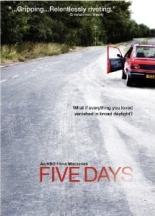
 Hot-tempered husband/father Matt (David Oyelowo) is torn up at the prospect of losing his entire immediate family, while also considered a possible suspect by the authorities leading the investigation (Hugh Bonneville and Janet McTeer). Their widening net weaves in encounters with journalists, a potential pedophile, a nursing home resident (Edward Woodward) and one horny young woman (Sarah Smart) with a secret.
Hot-tempered husband/father Matt (David Oyelowo) is torn up at the prospect of losing his entire immediate family, while also considered a possible suspect by the authorities leading the investigation (Hugh Bonneville and Janet McTeer). Their widening net weaves in encounters with journalists, a potential pedophile, a nursing home resident (Edward Woodward) and one horny young woman (Sarah Smart) with a secret.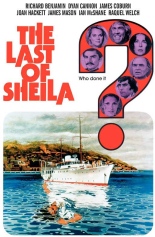
 In the movie, James Coburn plays a games-obsessed producer who has gathered a group of fellow industry folks (including Cannon, Richard Benjamin, James Mason, Raquel Welch, Joan Hackett and Ian McShane) for a weeklong trip on his private yacht. All of his guests have two things in common: They harbor a potentially embarrassing secret their host knows about, and they were all present at Coburn’s house the night his wife, the titular Sheila, died under mysterious circumstances.
In the movie, James Coburn plays a games-obsessed producer who has gathered a group of fellow industry folks (including Cannon, Richard Benjamin, James Mason, Raquel Welch, Joan Hackett and Ian McShane) for a weeklong trip on his private yacht. All of his guests have two things in common: They harbor a potentially embarrassing secret their host knows about, and they were all present at Coburn’s house the night his wife, the titular Sheila, died under mysterious circumstances.